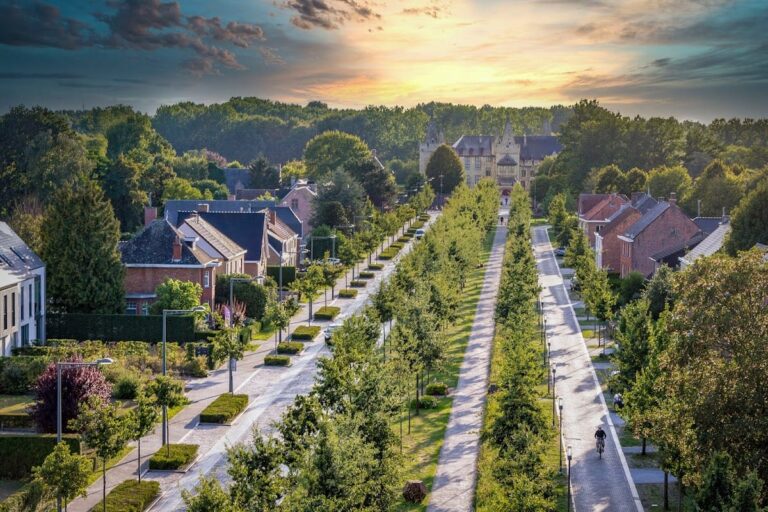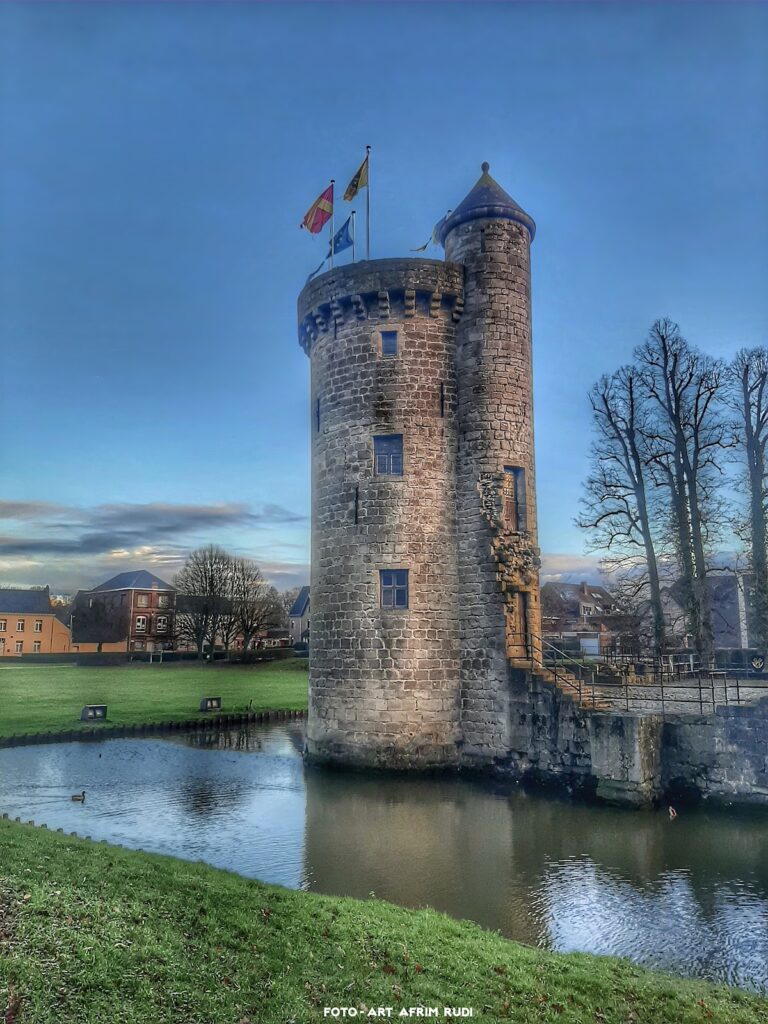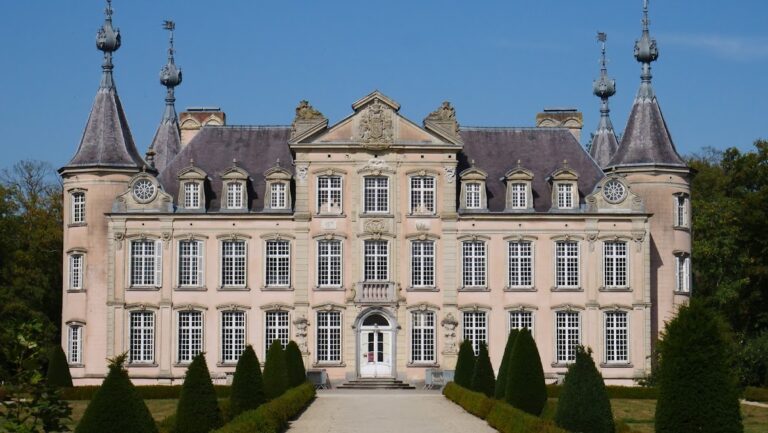Kasteel de Bueren: A Historic Moated Castle in Melle, Belgium
Visitor Information
Google Rating: 4.2
Popularity: Very Low
Google Maps: View on Google Maps
Official Website: inventaris.onroerenderfgoed.be
Country: Belgium
Civilization: Unclassified
Remains: Military
History
Kasteel de Bueren is located in the municipality of Melle in present-day Belgium. It was constructed as a moated castle during the 16th century by the local nobility in a region shaped by feudal landholdings and aristocratic estates.
The site first appears in historical records in 1408, identified then as Goed Ter Elst through a lease contract. Ownership soon passed to the de Bueren family, a distinguished line with significant regional influence. Among their members were Berthe de Bueren and Gaston Behaghel de Bueren, who managed the estate during the early centuries of its existence. The castle’s name itself honors Christophe-Bernard de Bueren, a noted Belgian nobleman who held the hereditary title of knight within the Holy Roman Empire. His military career included being a colonel in the dragoon regiment d’Arberg. In 1787, Emperor Joseph II formalized his noble status by granting him the title of count.
After passing through various owners, including Jean-Baptiste Baut de Rasmon in the mid-18th century and a Sieur Borluut, the estate was acquired in 1771 by Count Christophe de Bueren. He served as governor of the citadel of Tournai, indicating the family’s ongoing military and administrative roles. The property later came into the hands of his great-grandson, Count Léonce de Bueren. Throughout this period, the castle was maintained as a noble residence, reflecting the family’s longevity and status.
The 18th century saw modest changes to the castle’s structure, but more substantial alterations occurred toward the end of the 19th century. During this later phase, the castle was expanded and remodeled, adopting stylistic elements of the Neo-Renaissance. These renovations included replacing the original entrance bay and adding a prominent corner tower, enhancing the castle’s visual presence.
In the 21st century, the castle underwent a new chapter when sold in 2007 to the Belgian artist Wim Delvoye. His ownership was marked by disputes with local authorities over unauthorized construction and use of the estate, leading to legal penalties including a significant fine in 2019.
Remains
Kasteel de Bueren occupies a roughly 10-hectare domain spanning two municipalities and is defined by its characteristic moats enveloping the main structure. Access to the castle originally depended on a gateway facade connected by an arch bridge, which led guests into a courtyard containing an orchard situated before the principal building. These features reflect typical defensive and residential layouts of moated castles in the region.
A tower once stood before the bridge over the inner defensive wall; this tower likely housed a dovecote, a small structure used historically to keep pigeons, which were an important source of food and communication. The entrance was secured by a drawbridge, underscoring the fortification aspects of the estate. The castle also formerly featured an octagonal stair tower, although this element has since disappeared.
The current appearance includes architectural details that blend Renaissance origins with late 19th-century Neo-Renaissance additions. One notable structural element from that period is a massive corner tower located at the southwest tip of the building, reinforcing the castle’s imposing profile.
Surrounding the entrance bridge to the castle’s park and moat are several pavilions built in the late 18th century. These include the coach house, horse stable, and a residence for staff members. Each pavilion carries an octagonal gloriette—a small decorative pavilion—attached at the outer corner, adding to the estate’s aesthetic as well as practical functions.
The existing gate and bridge date primarily from the 19th century, likely constructed during the period of major renovation. Approaching the castle is Kalverhagestraat, a straight avenue lined with plane trees. This avenue originally provided access from the Brusselsesteenweg road but has been interrupted since 1837 by the Ghent-Mechelen railway line. At the start of this avenue stands a gloriette that was converted into a residence in the late 19th century, illustrating a reuse of ornamental castle structures into residential purposes.
Together, these elements present a layered architectural and landscape complex that reflects centuries of adaptation, from fortified medieval residence to a refined country manor incorporating later stylistic trends.







